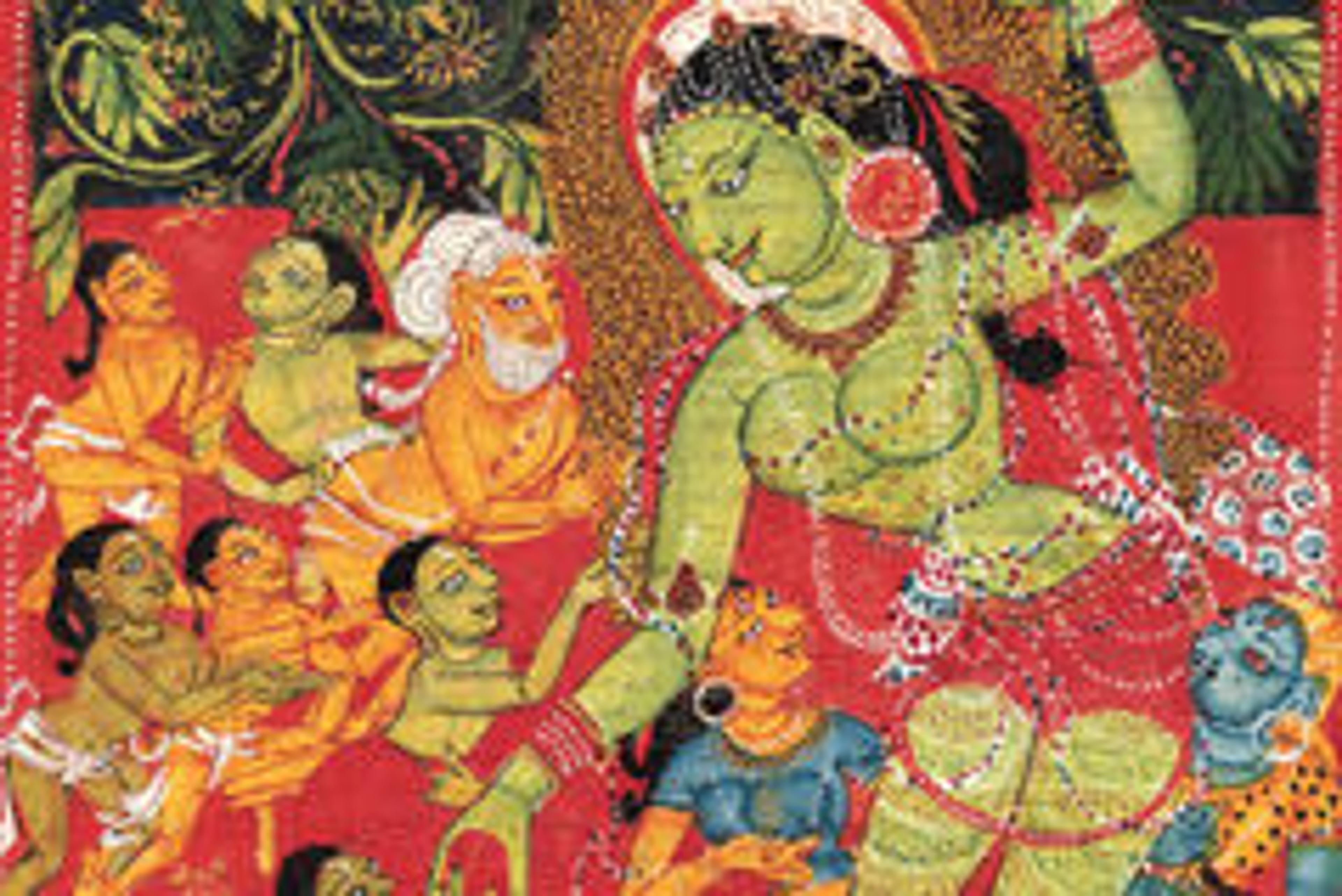
Location: Florence and Herbert Irving Asian Wing,
Exhibition Gallery for South Asian Art, Gallery 251
Some 23 masterpieces of Buddhist art produced in Tibet and North India during the 11th and 12th centuries will go on view at The Metropolitan Museum of Art beginning February 8, 2014. Tibet and India: Buddhist Traditions and Transformations will examine how esoteric imagery, texts, and Vajrayana ritual practices coming out of the great monasteries of north India contributed to reshaping the complex religious landscape of Tibet. Works on view will include stone and bronze sculptures, illuminated manuscripts and book covers, and some of the earliest tangkas to survive from the Tibetan tradition. The exhibition will also present two contemporary works by Tibetan artists, contributing to the understanding of how this longstanding tradition is today being presented to a new international audience. The exhibition will be drawn primarily from the Museum’s own holdings and will include several important works from private collections.
The 11th to 12th centuries mark the end of the vibrant Indian Buddhist tradition, and, ultimately, the Ghurid conquest of 1192 -1205 led to the destruction of the great monastic complexes along the Ganges River. However, in Tibet, this is the key moment when Buddhism flourished and became popular across this vast plateau. Like all Buddhist communities, the Tibetans were striving to establish correct religious practice. This exhibition will examine the great moment of exchange when the Tibetans were inviting learned monks from India and were traveling down to the monasteries along the Ganges River in order to study and translate texts.
Tibetan contemporary artists, like their counterparts 900 years ago, are still grappling with how to give form to Buddhist ideas, though today they are working before a truly diverse and global audience. In the exhibition, works by Gonkar Gyatso (b. 1961) and Tenzing Rigdol (b. 1982), two of the most prominent Tibetan contemporary artists, explore new avenues of depiction in an effort to give artistic form to complex Buddhist ideas much like their counterparts in the past.
A Metropolitan Museum Bulletin will be published in conjunction with this exhibition, which will focus on how Buddhist imagery was used within the monasteries and temples of north India and Tibet. By considering the art in terms of practice, the Bulletin attempts to shed light on complex religious exchange that occurred between India and Tibet in the 11th and 12th centuries. In this sense the contemporary works are again an attempt to communicate core ideas, though now to a global audience.
The publication is made possible through the generosity of the Lila Acheson Wallace Fund for The Metropolitan Museum of Art, established by the cofounder of Reader’s Digest.
In conjunction with the exhibition, the Museum will offer a variety of educational programs including a Friday Focus presentation entitled Reimagining the Indian and Tibetan Buddhist traditions: A Conversation (March 7) at which Donald Lopez and Tenzing Rigdol, one of the contributing contemporary artists, will be guest speakers—exhibition tours; and a ticketed talk Journeys to Divinity in the Grace Rainey Rogers Auditorium (May 20).
The exhibition is organized by Kurt Behrendt, Assistant Curator in the Department of Asian Art of The Metropolitan Museum of Art.
The exhibition will be featured on the Museum’s website (www.metmuseum.org).
###
December 6, 2013